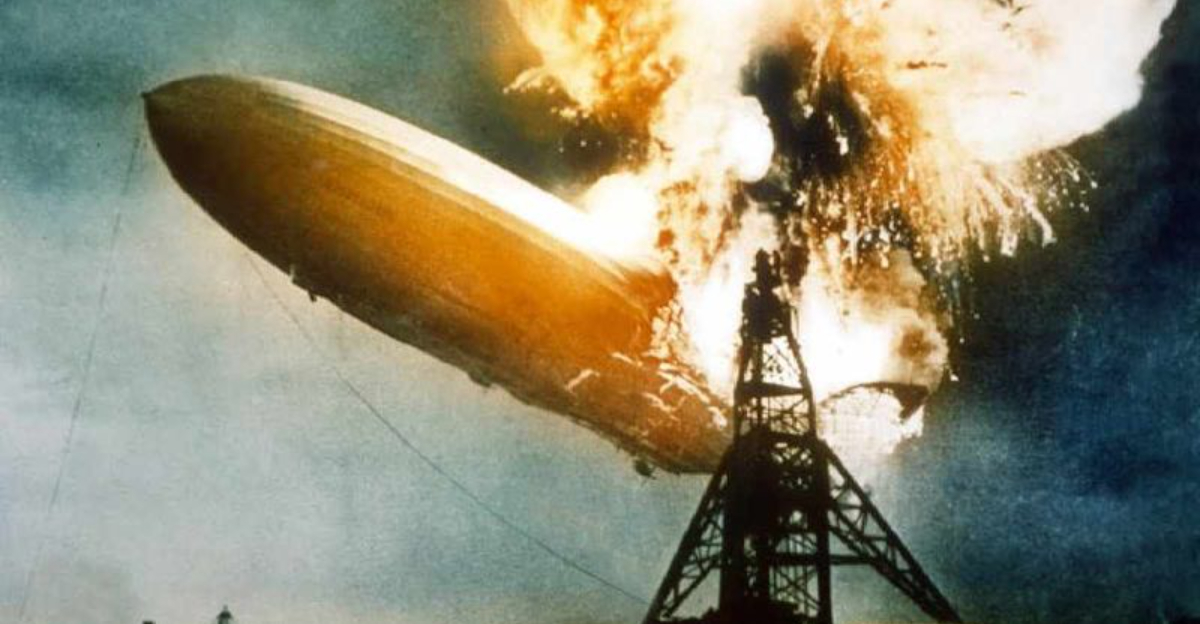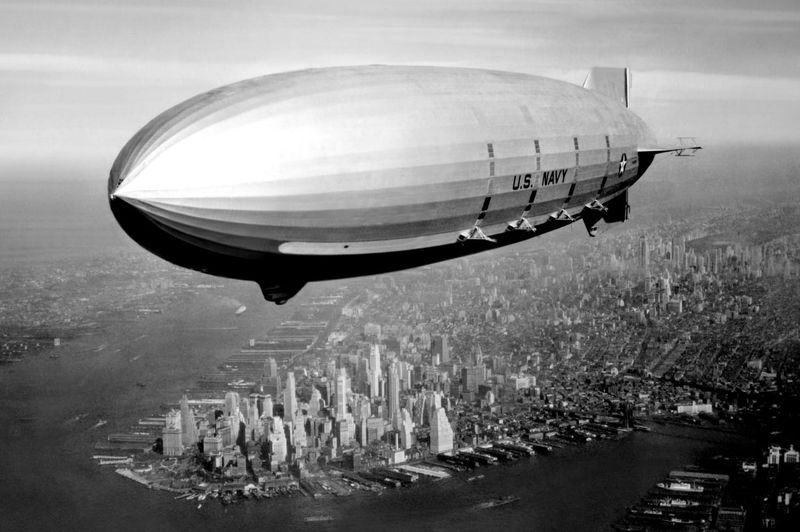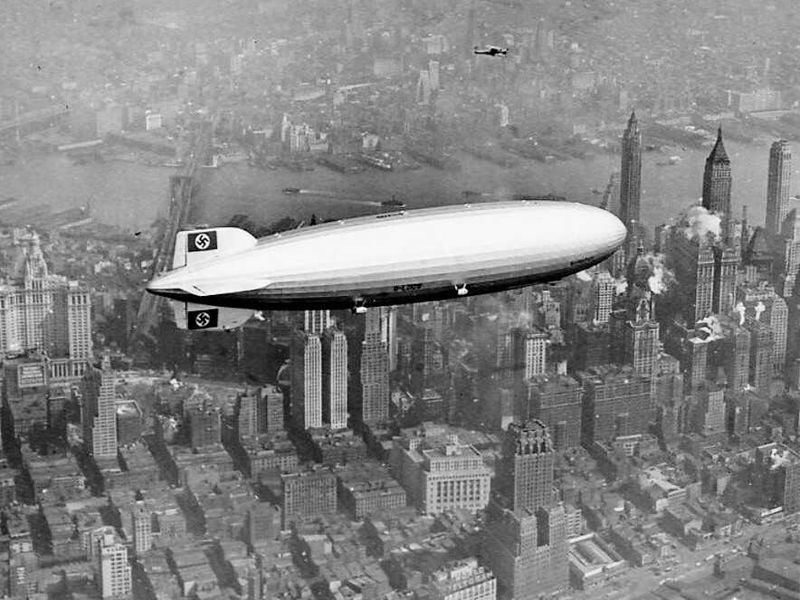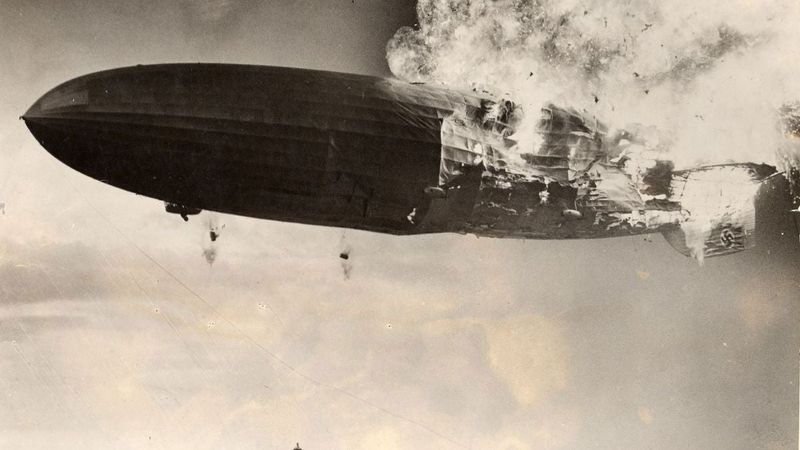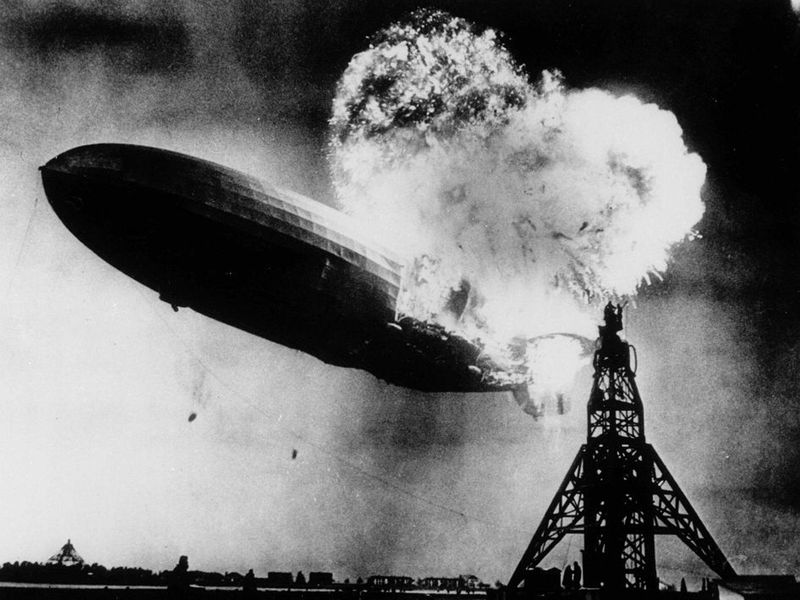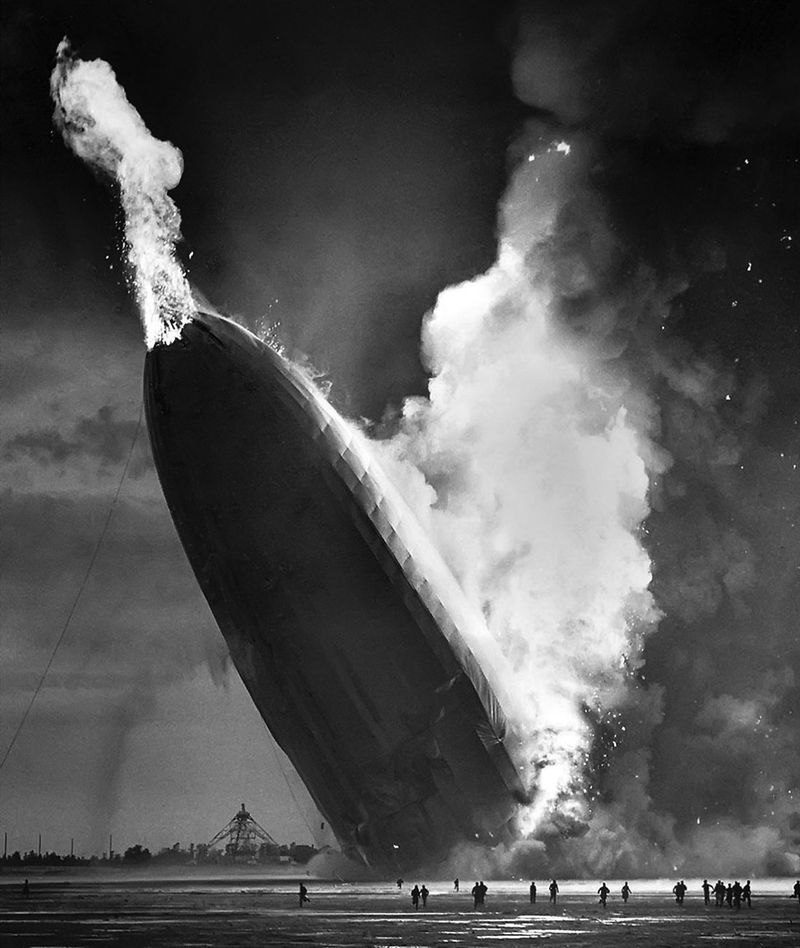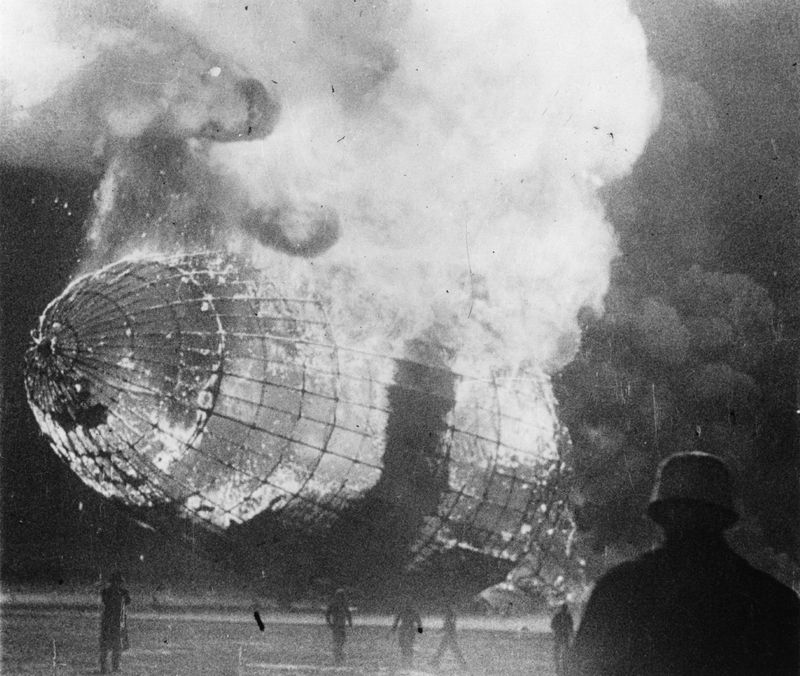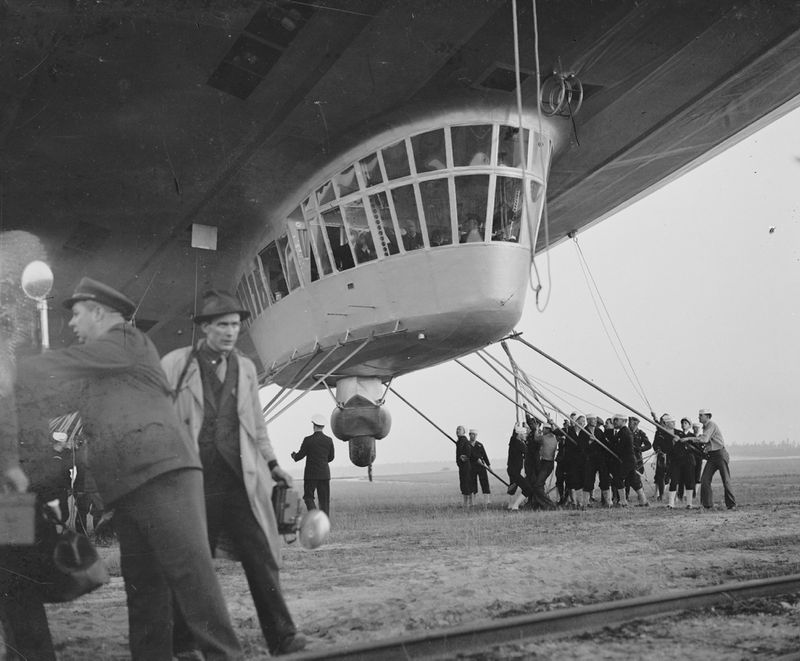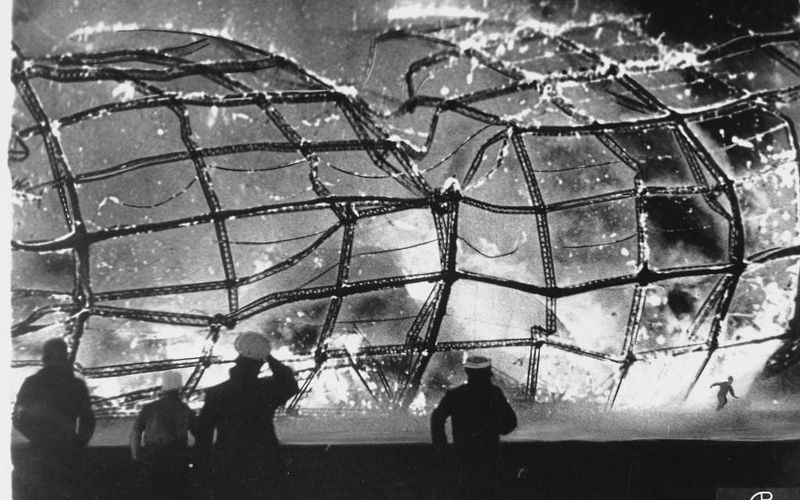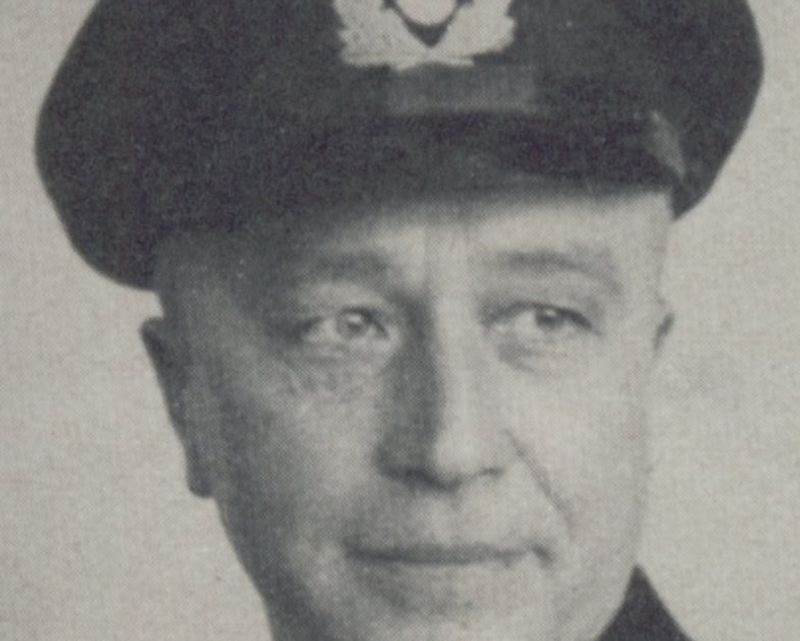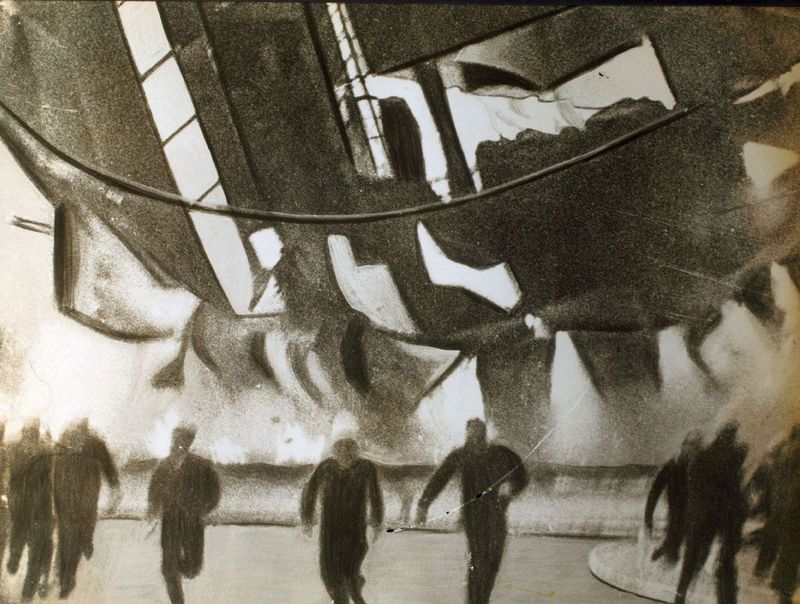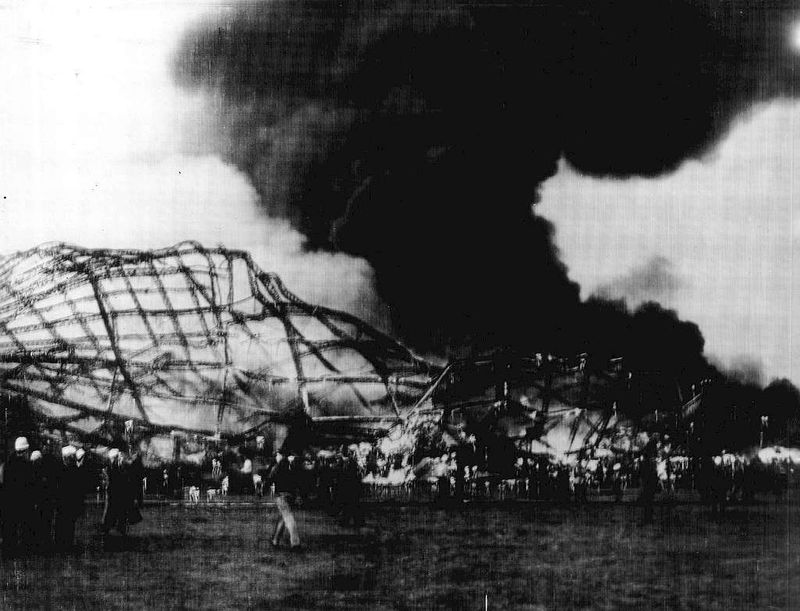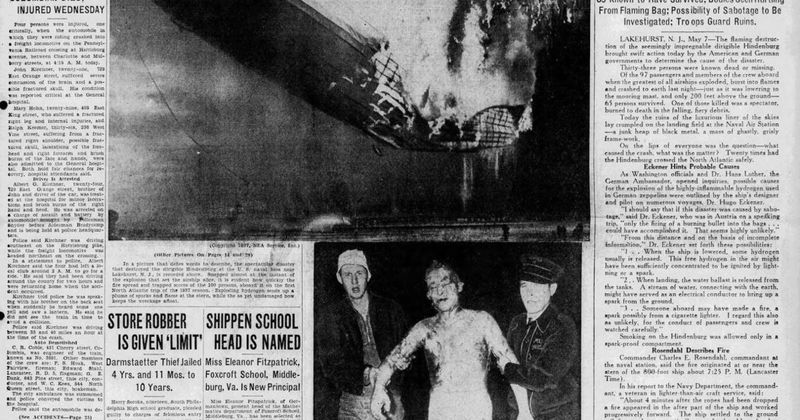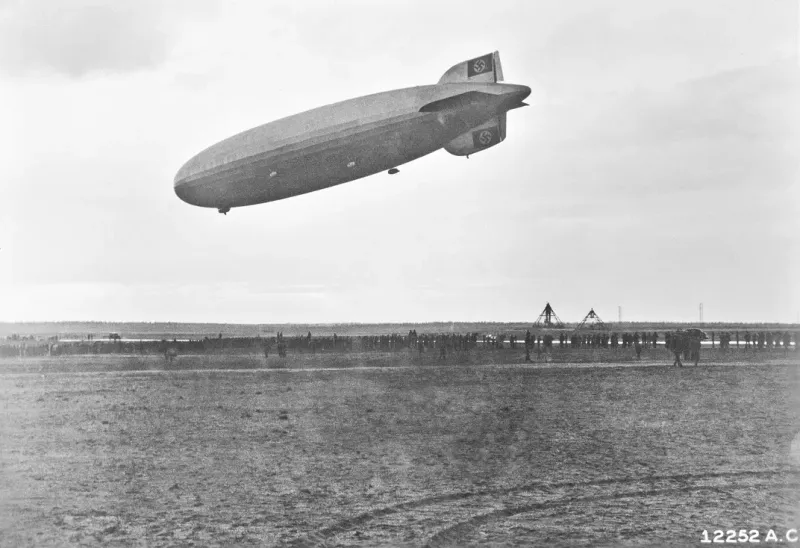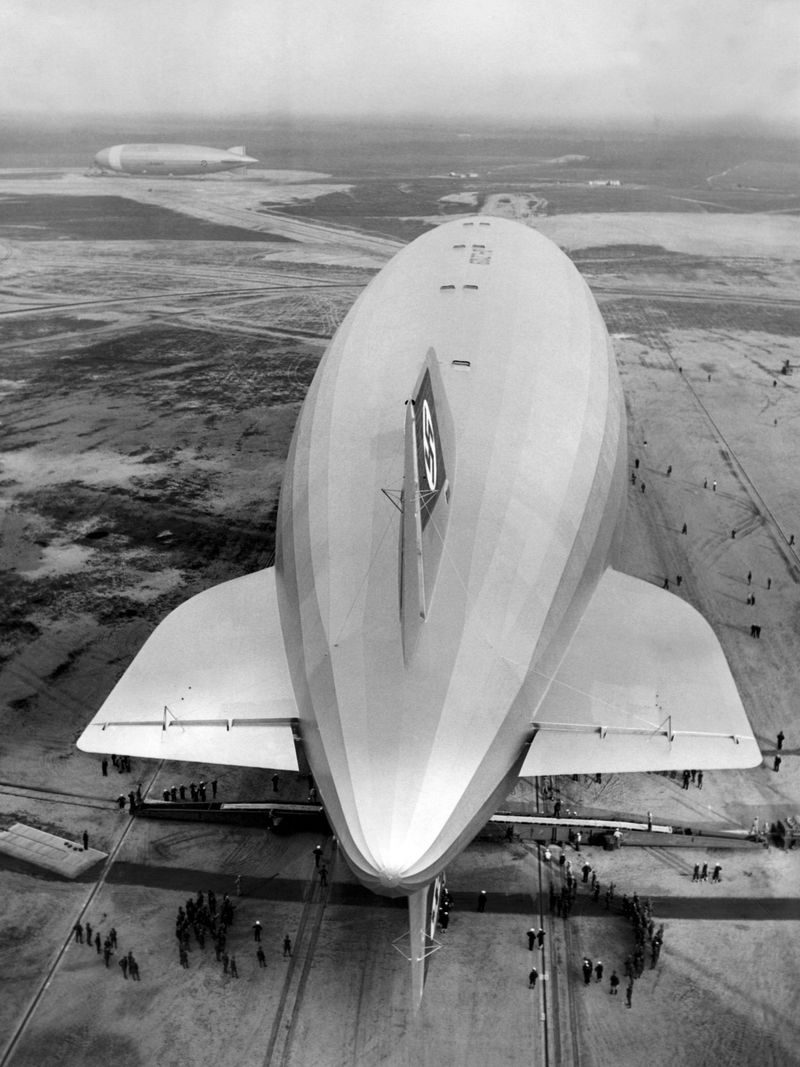On May 6, 1937, the German passenger airship LZ 129 Hindenburg burst into flames as it attempted to dock in Lakehurst, New Jersey. Once a symbol of cutting-edge aviation, the Hindenburg’s fiery end was captured live on radio—and its horror etched into history. These 17 moments reveal the panic, chaos, and humanity behind one of the most devastating air disasters of the 20th century.
1. The Titanic of the Skies
At over 800 feet long, the Hindenburg was larger than the Titanic and hailed as the future of air travel. Its opulent cabins, dining rooms, and promenade decks made it a flying luxury liner—until that dream turned into a nightmare.
2. Hydrogen: A Disaster Waiting to Happen
The Hindenburg was filled with hydrogen gas, not the safer helium, due to U.S. export restrictions. It was a highly flammable choice—and a fatal one.
3. The Final Voyage Begins
On May 3, 1937, the Hindenburg departed from Frankfurt with 97 people aboard. Bad weather delayed the landing in New Jersey, but no one aboard could have imagined what lay ahead.
4. Approaching Lakehurst
As the airship neared the landing site on May 6, ground crews were ready with mooring lines. Witnesses say the ship looked majestic—until everything changed in seconds.
5. The First Spark
At 7:25 p.m., a spark near the tail section ignited the hydrogen. The fire spread instantly, engulfing the Hindenburg in flames while it was still 200 feet above the ground.
6. “Oh, the Humanity!”
Radio announcer Herbert Morrison was live on the scene. His emotionally raw broadcast—”Oh, the humanity!”—became one of the most iconic moments in journalism history.
7. The Inferno Took 34 Seconds
From the first flash to total destruction, the Hindenburg burned in just 34 seconds. Survivors later described it as an explosion of heat and chaos too fast to comprehend.
8. Passengers Leapt for Their Lives
Some jumped from burning windows. Others rode the airship down in a desperate hope it wouldn’t collapse completely. Many suffered burns, broken bones—or worse.
9. Crew Members Died Trying to Save Others
Several of the 36 fatalities were crew who stayed aboard to help passengers escape. Their bravery saved lives—but cost them their own.
10. Captain Pruss Survived—Barely
Captain Max Pruss stayed at his post until the end. He was badly burned but survived, later returning to work in aviation. His actions likely helped reduce the death toll.
11. The Ground Crew Wasn’t Safe Either
Of the 22 crew members on the ground, one was killed and several injured. The explosion’s shockwave and falling debris made even the landing site deadly.
12. The Aftermath: A War Zone
Photos show a smoldering skeleton of twisted metal and ash. Rescue workers picked through wreckage to find survivors amid heat and choking smoke.
13. The Media Swarmed the Scene
Within hours, newspapers around the world published shocking photos. The disaster’s scale—and the live radio coverage—made it the first real-time media tragedy.
14. Sabotage or Static? Theories Abound
Rumors swirled that the Hindenburg was bombed by a saboteur. Official investigations blamed static electricity and hydrogen leakage—but mystery lingers to this day.
15. Public Confidence in Airships Crumbled
After the crash, the glamour of airship travel was over. The Hindenburg disaster effectively ended the age of zeppelins, despite previous years of safe travel.
16. Survivors Were Scarred for Life
Some lived to old age but never spoke publicly again. Others shared haunting memories of the smell of burning flesh, the screams, and the sky raining fire.
17. A Disaster That Changed Aviation
The Hindenburg became a case study in aviation safety. Its legacy lives on—not just as a tragedy, but as a turning point in the design, fuel, and future of flight.
